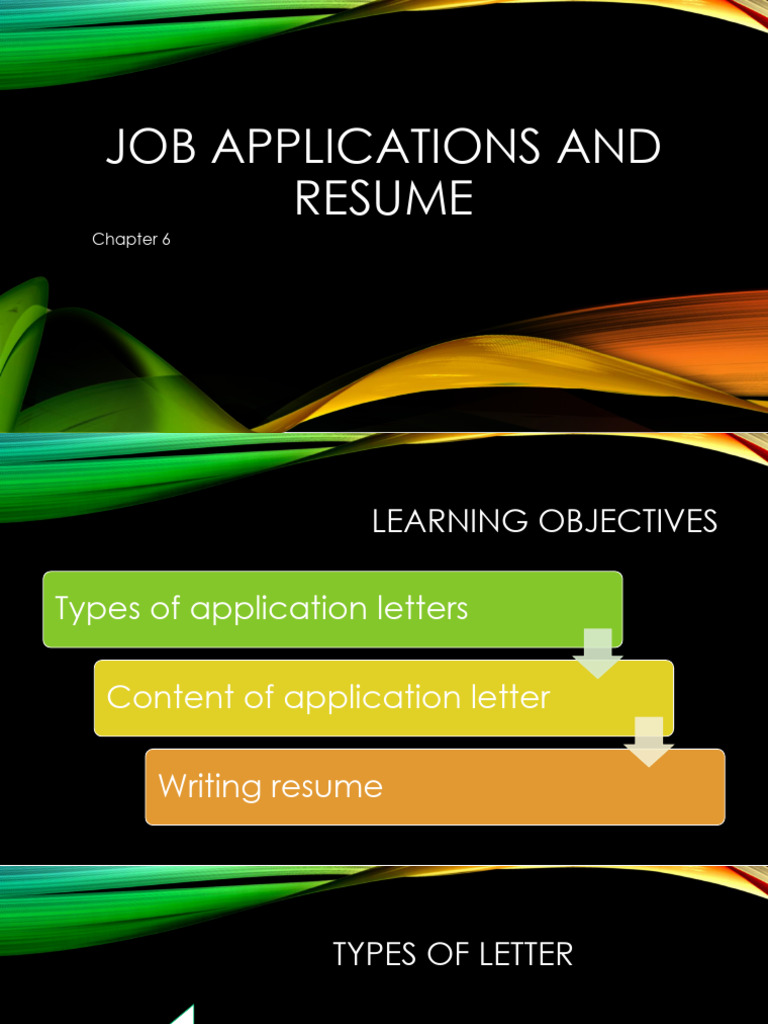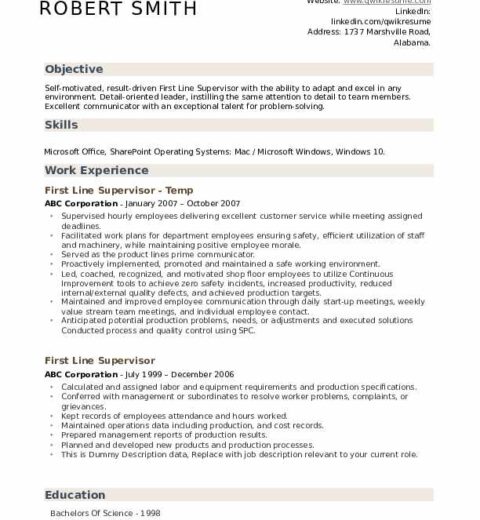In the realm of job hunting, a resume emerges as a pivotal document, serving as a bridge between the candidate and prospective employers. It is not merely a list of previous jobs; it is a curated compilation of skills, experiences, and achievements that articulates an individual’s professional narrative. Understanding the essence of a resume is crucial for anyone embarking on a career journey, as it significantly influences the chances of securing an interview. This article seeks to elucidate the fundamental components of a resume, its purpose in the job application process, and the best practices for creating an impactful document.
At its core, a resume functions as a marketing tool, providing a succinct overview of an individual’s qualifications. It distills a person’s career history into a format designed to catch the attention of hiring managers in a sea of applicants. The critical objective is to present oneself as a compelling candidate who resonates with the needs and values of the employer. In this regard, the importance of tailoring the resume to align with specific job descriptions cannot be overstated. Customization ensures clarity and relevance, enabling candidates to highlight experiences and skills that directly correspond with the requirements of the position they seek.
When embarking on the creation of a resume, several key components must be meticulously considered. The introductory section, often referred to as the header, establishes the initial impression. This section typically includes the candidate’s name, professional title, and contact information, potentially augmented by links to LinkedIn profiles or personal websites if applicable. It is vital to ensure that this information is accurate and up-to-date; otherwise, a missed opportunity may arise simply due to an incorrect phone number or outdated email address.
Following the header, a strong summary statement can provide a snapshot of the candidate’s qualifications. This brief paragraph encapsulates core competencies, key achievements, and career aspirations, functioning as an elevator pitch. It should be crafted to encapsulate the essence of what makes the candidate unique while also communicating their professional goals succinctly. A well-articulated summary can intrigue hiring managers, prompting them to delve deeper into the experiences that follow.
The subsequent section typically encompasses the candidate’s work experience. Here, chronological or functional formats may be employed depending on factors such as career trajectory or gaps in employment. Each entry should follow a consistent structure, detailing the job title, company name, location, and duration of employment. It is crucial to use action verbs to describe responsibilities and accomplishments, emphasizing quantifiable results when possible. For instance, stating that one “increased sales by 30% within six months” conveys impact more effectively than simply stating job duties.
Equally important is the education section, which outlines academic qualifications. This should highlight degrees obtained, institutions attended, and graduation years. For recent graduates, relevant coursework or honors can be beneficial, while seasoned professionals might choose to downplay this section in favor of experience. Continuing education, certifications, and professional development courses also warrant inclusion, showcasing a commitment to lifelong learning and expertise within one’s field.
Skill lists serve as an additional layer of depth. This section succinctly enumerates pertinent skills, ranging from technical proficiencies to soft skills. The focus here should be on those qualities that are directly applicable to the desired position. Utilizing keywords from the job description can be advantageous, thereby enhancing the chances of passing through Applicant Tracking Systems (ATS)—software widely utilized to screen resumes before they reach a human reviewer.
In crafting a resume, attention to detail is of the utmost importance. A professional format is not merely aesthetically pleasing; it is functional. A well-organized layout, ample white space, and coherent font choices facilitate ease of reading. Length can vary, but a one-page resume is generally advisable for early-career professionals, while those with extensive experience may extend to two pages. Consistency in formatting—particularly with bullets, headings, and spacing—contributes to a polished final product.
In conjunction with the fundamental elements, there is a psychological component to consider. A resume should project confidence without veering into arrogance. Language choice is paramount; one must strike a balance between assertiveness and humility. It is also beneficial to convey a narrative that showcases not just what one has accomplished, but also the learning and growth that resulted from those experiences.
Finally, it is critical to recognize that the landscape of resumes is ever-evolving. Emerging trends such as the inclusion of personal branding elements, video resumes, and digital portfolios are reshaping traditional concepts. Candidates should strive to remain agile, adapting their resumes to incorporate innovative strategies while remaining grounded in core principles.
In conclusion, a resume is far more than a mere document; it is an intricate synergy of facts, narratives, and strategies that together tell the story of one’s professional life. Mastering the art of resume creation equips candidates with the power to make a memorable impression, fostering connections with potential employers. By adhering to best practices and continuously refining one’s approach, candidates can navigate the job application landscape with confidence and competence.




